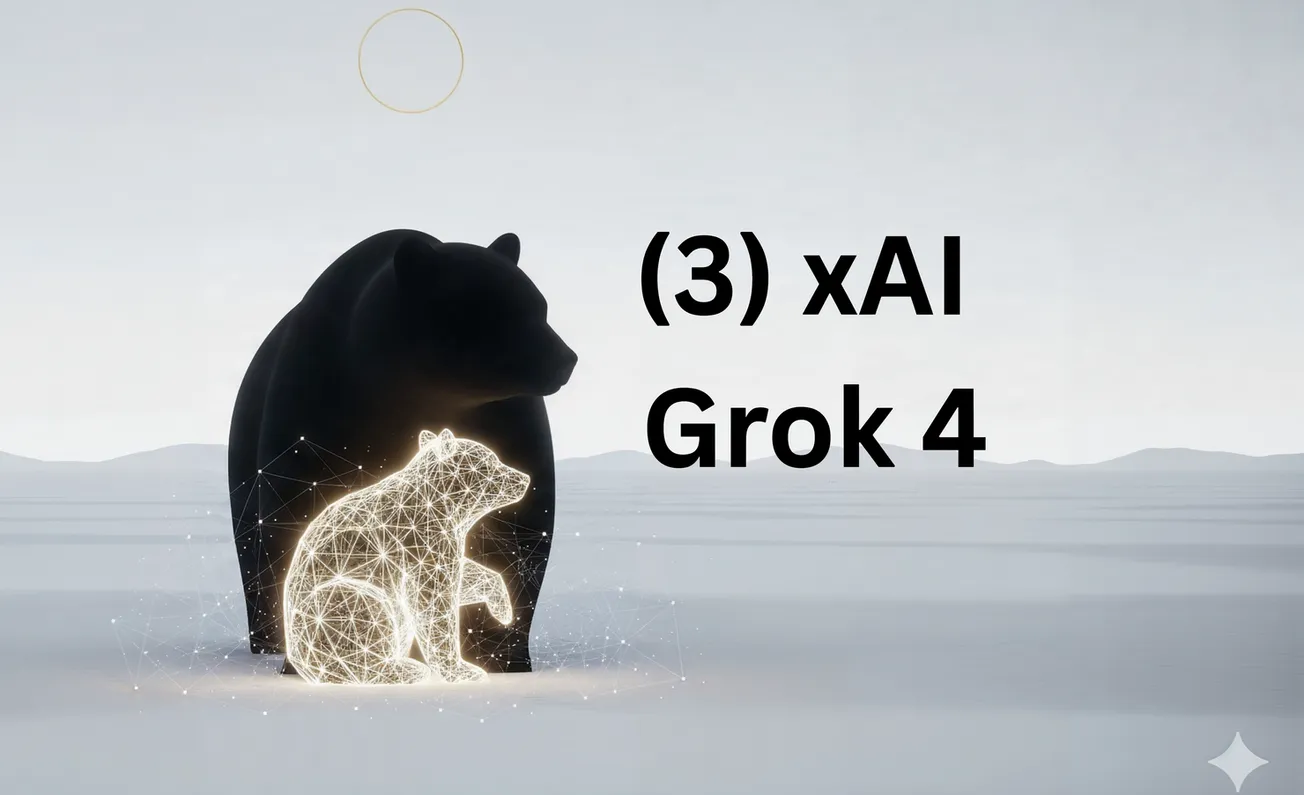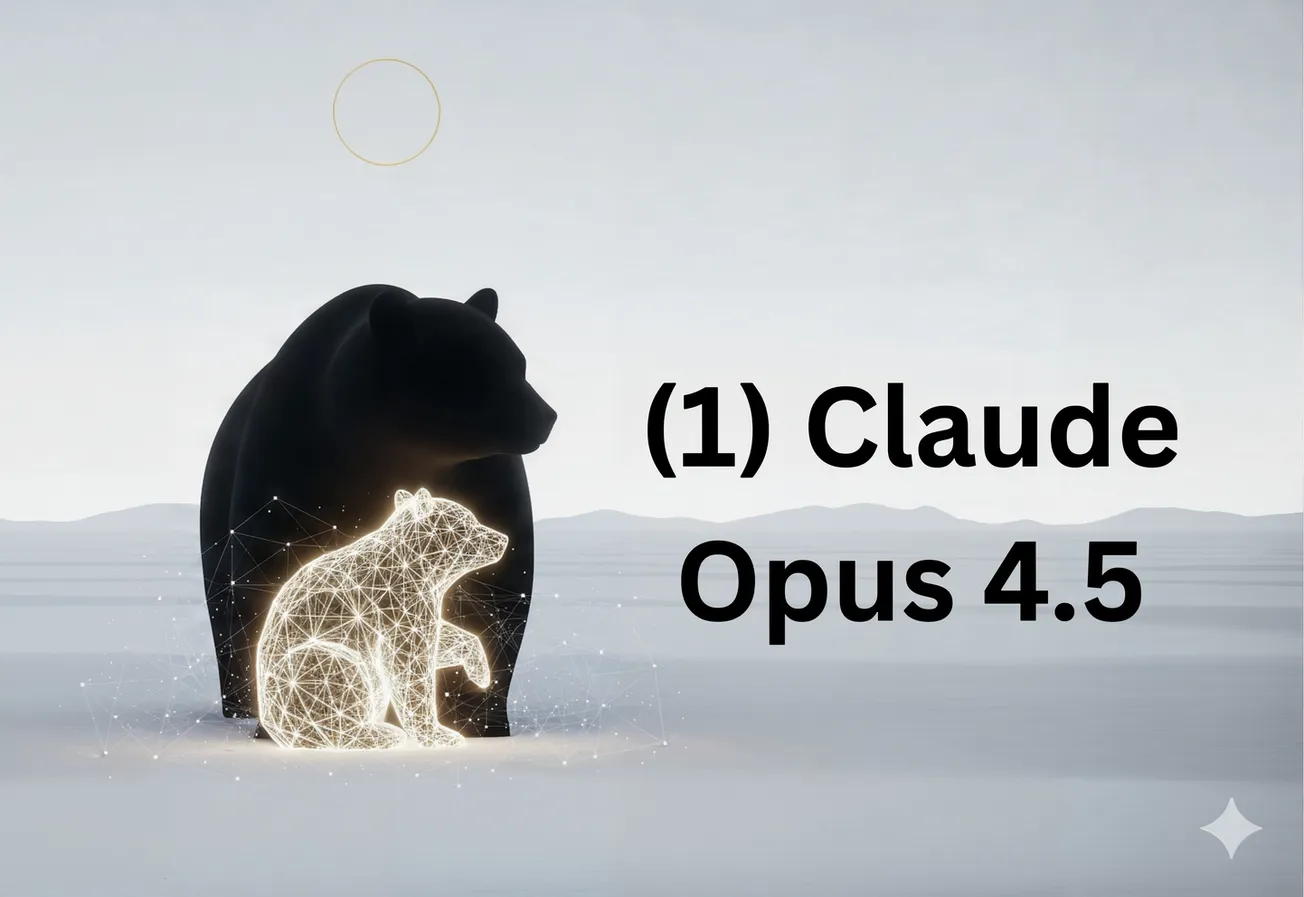This essay examines the phenomenon of cultural feminization in Western societies through multiple analytical lenses—historical, psychological, philosophical, economic, and evolutionary. Moving beyond simplistic narratives of progress or decline, we explore how shifts in gender representation within institutions represent a profound reorganization of civilizational values, cognitive styles, and social structures. This analysis reveals that what we term "feminization" may be better understood as part of a larger transformation from honor-based to dignity-based cultures, from physical to informational economies, and from hierarchical to networked forms of social organization. The implications of these changes extend far beyond gender politics, touching the fundamental questions of how societies balance competing values of justice and care, innovation and stability, individual achievement and collective welfare.
Introduction: The Unprecedented Nature of Contemporary Change
The transformation of Western institutions through increased female participation represents not merely a quantitative shift in demographics but a qualitative revolution in how power, knowledge, and social relations are conceived and enacted. For the first time in recorded history, women constitute majorities or near-majorities in numerous professional fields, educational institutions, and positions of cultural influence. This change, occurring primarily within the span of two generations, lacks historical precedent in its scope, speed, and systematic nature.
Yet to understand this phenomenon solely through the lens of gender risks missing its deeper significance. The feminization of culture intersects with and arguably accelerates other transformative processes: the shift from industrial to post-industrial economies, the rise of therapeutic culture, the transformation of honor-based masculine hierarchies into bureaucratic systems emphasizing emotional intelligence and consensus-building, and the replacement of transcendent meaning structures with immanent ones focused on well-being and harm reduction.
Part I: The Archaeological Layers of Gender and Culture
The Deep Structure of Sexual Differentiation
To comprehend feminization, we must first excavate the archaeological layers of gender differentiation that precede and inform contemporary developments. Sexual dimorphism in humans, while less pronounced than in many species, has nonetheless produced consistent patterns across cultures in terms of psychological traits, social roles, and cognitive styles. These differences, emerging from the intersection of biological evolution, cultural evolution, and individual development, create what we might call "gendered modes of being" that shape how individuals interface with reality.
The masculine mode, broadly characterized, tends toward systematizing, abstraction, and hierarchical competition. It privileges explicit rules, individual achievement, and the establishment of dominance hierarchies. The feminine mode tends toward empathizing, contextual thinking, and relational networks. It privileges implicit understanding, collective harmony, and the maintenance of social bonds. These are statistical tendencies, not absolute categories, and individuals of both sexes can and do exhibit characteristics associated with either mode.
Historical Precedents and Discontinuities
While some point to historical examples of female power—from Cleopatra to Catherine the Great—as precedents for contemporary feminization, such comparisons miss the fundamental discontinuity of our present moment. Previous instances of female authority operated within fundamentally masculine institutional frameworks. A queen ruled through masculine symbols of power; a female merchant succeeded by mastering masculine commercial practices.
What distinguishes contemporary feminization is not merely women occupying positions of power but the transformation of power itself—from dominance to influence, from command to collaboration, from formal authority to emotional persuasion. This represents not women adapting to masculine institutions but institutions adapting to feminine modes of operation.
The Great Convergence and Its Discontents
The 20th century witnessed what we might term a "Great Convergence" between masculine and feminine spheres, driven by technological change, economic transformation, and ideological evolution. The shift from physical to cognitive labor reduced the relevance of male upper-body strength. Contraception severed the automatic link between sexuality and reproduction. The welfare state socialized many traditional family functions. These changes created the material conditions for feminization while simultaneously generating new forms of psychological and social tension.
Part II: The Mechanics of Institutional Transformation
The Tipping Point Phenomenon
Institutional feminization follows a predictable pattern that resembles phase transitions in physics. Initial female entry into male-dominated fields proceeds slowly, with pioneers adapting to existing norms. As female representation reaches approximately 30%, a critical mass emerges that begins to reshape institutional culture. Beyond 40-50%, fundamental transformations occur in communication styles, decision-making processes, and value hierarchies.
This pattern manifests across diverse fields: psychology's transformation from a discipline focused on pathology and behavioral conditioning to one emphasizing trauma, emotion, and therapeutic alliance; journalism's shift from adversarial investigation to collaborative storytelling; academia's evolution from competitive intellectual combat to cooperative knowledge-building with emphasis on emotional safety.
The Paradox of Meritocracy
Feminization presents a fundamental challenge to meritocratic ideals. If men and women possess different cognitive styles and values, then any supposedly neutral meritocratic system will inherently favor one over the other. Traditional meritocracies, designed by and for men, valued traits like aggressive competition, abstract reasoning, and emotional detachment. As institutions feminize, new forms of merit emerge—emotional intelligence, collaborative ability, holistic thinking—that favor feminine strengths.
This shift raises profound questions: Is there such a thing as neutral merit, or is all evaluation culturally embedded? If the latter, how do societies adjudicate between competing value systems? The feminization of institutions forces us to confront the inherent tensions between different forms of excellence.
Bureaucratization and the Feminine
Max Weber identified bureaucratization as the defining feature of modern rationality, but contemporary bureaucracies increasingly embody feminine rather than masculine rationality. The shift from rigid hierarchies to flexible networks, from explicit rules to implicit norms, from formal procedures to emotional management, represents a feminization of Weber's iron cage.
Human Resources departments exemplify this transformation. Originally designed to manage labor relations through masculine principles of contract and negotiation, HR has evolved into a therapeutic apparatus focused on emotional well-being, inclusion, and the prevention of psychological harm. This shift from managing workers as economic units to caring for them as whole persons represents a fundamental feminization of corporate culture.
Part III: The Psychological Revolution
The Therapeutic Turn
The feminization of culture closely tracks with what Philip Rieff called "the triumph of the therapeutic"—the replacement of moral and religious frameworks with psychological ones. This therapeutic turn privileges feminine values: emotional expression over stoic restraint, vulnerability over strength, healing over achievement. The contemporary emphasis on trauma, trigger warnings, and safe spaces represents an institutionalization of feminine care ethics.
This psychological revolution extends beyond individual therapy to reshape entire institutions. Universities increasingly see their mission not as challenging students but supporting them. Corporations speak less of competition and more of community. Even military organizations increasingly emphasize emotional intelligence and psychological resilience over traditional masculine virtues of courage and honor.
The Transformation of Masculinity
Feminization has produced a crisis in masculine identity more profound than any since the Industrial Revolution. Traditional masculine roles—protector, provider, patriarch—have been deconstructed without clear alternatives emerging. The result is what some scholars term "ontological homelessness" among men, particularly those without access to new forms of cognitive-professional masculinity.
This crisis manifests in various symptoms: declining male educational achievement, workforce participation, and social engagement. The "deaths of despair" disproportionately affecting working-class men represent not merely economic dislocation but existential displacement from meaningful social roles. The feminization of culture has created what might be termed "surplus masculinity"—masculine energies and drives without constructive outlets.
The Attention Economy and Feminine Power
The rise of social media and the attention economy has created new forms of power that often favor feminine strengths. The ability to generate emotional engagement, build parasocial relationships, and navigate complex social dynamics becomes more valuable than traditional masculine competencies. Influencer culture, with its emphasis on authenticity, vulnerability, and relational connection, represents a distinctly feminine form of cultural power.
Part IV: The Economics of Feminization
Post-Industrial Transformation
The shift from industrial to post-industrial economies fundamentally advantages feminine cognitive styles. Manufacturing required systematizing intelligence—the ability to understand and manipulate physical systems. The service economy requires empathizing intelligence—the ability to understand and influence human emotions. This economic transformation creates structural pressure toward feminization independent of ideological commitments.
The Care Economy Explosion
The fastest-growing economic sectors—healthcare, education, social services—represent traditionally feminine domains focused on care rather than production. This "care economy" operates according to different logic than traditional market economies: relationships matter more than transactions, emotional labor is central rather than peripheral, and success is measured in wellbeing rather than profit.
The expansion of the care economy creates a feedback loop with feminization: as more economic activity centers on care work, feminine values gain economic and thus cultural power, which in turn further expands the care economy. This dynamic suggests feminization may be not a temporary perturbation but a fundamental restructuring of economic life.
The Two-Income Trap and Its Implications
Elizabeth Warren's concept of the "two-income trap" reveals how feminization interacts with economic inequality. As women entered the workforce en masse, household purchasing power initially increased. However, essential goods—housing, education, healthcare—adjusted prices to two-income households, making dual incomes necessary rather than optional. This economic dynamic forces women into workforce participation regardless of personal preference, accelerating institutional feminization.
Part V: The Civilizational Implications
The Innovation Question
One of the most contentious questions surrounding feminization concerns its impact on innovation and progress. Historical data suggests that groundbreaking innovations, particularly in science and technology, have been overwhelmingly male-dominated. Whether this reflects social barriers, biological differences, or the interaction between the two remains hotly debated.
If masculine cognitive styles—with their emphasis on systematizing, risk-taking, and single-minded focus—are indeed more conducive to radical innovation, then feminization might reduce society's capacity for breakthrough discoveries. Alternatively, feminine approaches might generate different forms of innovation, perhaps more focused on social and relational technologies than physical ones.
The Stability-Dynamism Trade-off
Feminization may represent a civilizational choice between stability and dynamism. Masculine cultures, with their emphasis on competition and hierarchy, generate both innovation and conflict. Feminine cultures, emphasizing cooperation and care, may produce greater social cohesion at the cost of reduced dynamism. This trade-off becomes particularly acute as societies face challenges requiring both social solidarity and technological innovation.
The Fertility Paradox
Perhaps the deepest paradox of feminization is its relationship to fertility. As societies become more feminine in their values and institutions, fertility rates plummet below replacement levels. This creates a potential evolutionary dead-end: cultures that most thoroughly embrace feminine values may be selected against through demographic decline. The tension between feminization and reproduction raises fundamental questions about cultural sustainability.
Part VI: Alternative Frameworks and Hidden Patterns
Feminization as Civilizational Maturation
One interpretation frames feminization not as decline but as maturation. Just as individuals often move from masculine assertion in youth to feminine integration in maturity, perhaps civilizations follow a similar trajectory. The shift from conquest to care, from expansion to sustainability, from competition to cooperation might represent not weakness but wisdom.
This framework suggests that feminization emerges naturally as societies solve basic material problems and can afford to prioritize higher-order concerns like emotional wellbeing and social harmony. The masculine virtues necessary for civilizational establishment become liabilities during civilizational maintenance.
The Pendulum Theory
Historical analysis suggests that cultural values oscillate between masculine and feminine poles in multi-generational cycles. Periods of masculine dominance generate excesses—war, inequality, emotional suppression—that catalyze feminine corrections. These corrections in turn produce their own excesses—stagnation, conformity, fragility—that catalyze masculine resurgence.
If this pattern holds, current feminization might represent not a permanent transformation but one phase in an ongoing dialectic. The question becomes not whether the pendulum will swing back but when and how dramatically. The unprecedented nature of contemporary feminization might produce an equally unprecedented counter-reaction.
Network Effects and Emergence
Complex systems theory offers another lens for understanding feminization. As societies become more interconnected and interdependent, network effects begin to dominate over individual actions. This inherently favors feminine relational intelligence over masculine individual achievement. The shift from hierarchical to network organizations might make feminization not ideological but emergent—arising from the structure of complex systems themselves.
The Sacred Feminine and the Return of the Goddess
From a mythopoetic perspective, feminization might represent the return of suppressed goddess archetypes after millennia of patriarchal monotheism. The contemporary emphasis on Earth-connection, holistic healing, and immanent spirituality echoes pre-Christian goddess traditions. This reading suggests feminization operates not just at social and political levels but at the deepest layers of collective consciousness.
Part VII: Unknown Unknowns and Future Trajectories
The Technological Wild Card
Emerging technologies might fundamentally disrupt current feminization trends. Artificial intelligence, by automating emotional and care labor, might reduce the economic advantages of feminine cognitive styles. Alternatively, virtual reality and brain-computer interfaces might enable new forms of consciousness that transcend traditional gender categories entirely. The interaction between feminization and technological acceleration remains radically uncertain.
The Biological Revolution
Advances in reproductive technology, genetic engineering, and life extension might sever the remaining links between biological sex and social gender. If reproduction becomes fully separated from female bodies through artificial wombs, or if humans can fluidly alter their biological sex, the entire framework of feminization versus masculinization might become obsolete. We may be witnessing not the triumph of the feminine but the last gasps of gender as a organizing principle.
Civilizational Divergence
Different civilizations might pursue divergent paths regarding feminization. While Western societies embrace feminine values, others might double down on masculine traditions. This could produce a form of civilizational speciation, with different human societies evolving along radically different trajectories. The interaction between feminized and masculine civilizations might determine the future of the species.
The Metamodern Synthesis
Some theorists propose that we are moving toward a "metamodern" synthesis that transcends the masculine-feminine dialectic. This would involve not choosing between systematic and empathic intelligence but developing new forms of cognition that integrate both. Such a synthesis might preserve the benefits of feminization while recovering valuable masculine virtues, creating something genuinely new rather than merely oscillating between old patterns.
Part VIII: The Question of Value and the Problem of Judgment
Beyond Good and Evil
Evaluating feminization requires us to specify our values and acknowledge their contingency. If we value innovation above stability, individual freedom above collective harmony, or truth above comfort, we might view feminization skeptically. If we prioritize wellbeing, inclusion, and care, we might celebrate it. The challenge lies in recognizing that these value systems themselves are gendered, making neutral evaluation impossible.
The Adaptive Challenge
Perhaps the most productive framework views feminization neither as good nor bad but as adaptive challenge. The question becomes not whether feminization is positive but whether societies can adapt to preserve valuable masculine elements while integrating feminine insights. This requires conscious cultural evolution rather than passive drift.
The Integration Imperative
The deepest truth about feminization might be that it represents only half of a necessary cultural movement. Just as individuals need to integrate both masculine and feminine aspects to achieve wholeness, societies need both competitive dynamism and cooperative care. The challenge is not choosing between them but achieving a higher synthesis that honors both.
Conclusion: The Dance of Opposites
The feminization of Western culture represents one of the most profound transformations in human history, comparable to the Agricultural or Industrial Revolutions in its scope and significance. It touches every aspect of human experience: how we work, learn, love, compete, cooperate, and conceive of meaning itself. Yet like all revolutionary changes, it generates both opportunities and dangers, liberations and new forms of constraint.
The ultimate truth about feminization may be that it cannot be understood in isolation but only as part of a larger pattern of civilizational transformation. The shift from masculine to feminine values interweaves with technological acceleration, economic restructuring, ecological crisis, and spiritual renewal in ways we are only beginning to comprehend. We are not merely witnessing women gaining power within existing structures but the fundamental restructuring of power itself.
As we navigate this transformation, we must resist both uncritical celebration and reactionary reversal. The path forward requires something more difficult: holding the tension between opposites, honoring both masculine and feminine wisdom, and allowing new forms to emerge from their interaction. The feminization of culture is neither humanity's salvation nor its doom but a challenge to grow beyond old limitations while preserving ancient wisdoms.
The unknown unknowns surrounding feminization are vast. We do not know whether it represents a temporary perturbation or permanent transformation, a Western peculiarity or universal tendency, a step toward integration or disintegration. We do not know how it will interact with technological acceleration, ecological constraints, or geopolitical competition. We do not even know whether the categories of masculine and feminine will remain meaningful in coming decades.
What we do know is that we stand at an inflection point where conscious choice remains possible. The forces driving feminization are powerful but not deterministic. By understanding these forces—their origins, mechanisms, and trajectories—we gain the capacity to influence them. The future of gender, culture, and civilization itself remains open, awaiting our collective wisdom to shape it.
In the end, the exploration of feminization returns us to fundamental questions: What does it mean to be human? How should society balance competing values and cognitive styles? What forms of consciousness and culture best serve human flourishing? These questions have no final answers, only ongoing experiments in living. The feminization of Western culture is one such experiment, whose ultimate results remain unwritten.
The dance between masculine and feminine principles is as old as humanity itself, manifesting in every mythology, philosophy, and psychological framework humans have created. What makes our current moment unique is not the dance itself but our consciousness of it—our ability to observe, analyze, and potentially transcend the ancient polarities. Whether we use this consciousness wisely will determine not just the fate of feminization but the trajectory of human civilization itself.
As we stand at this crossroads, we must remember that cultural evolution, unlike biological evolution, is not blind but can be guided by wisdom, compassion, and truth-seeking. The feminization of culture challenges us to become more conscious cultural creators, neither passive victims of social forces nor tyrannical imposers of ideology but wise gardeners of human possibility. In meeting this challenge, we might discover not just new configurations of gender and power but new dimensions of human potential itself.



